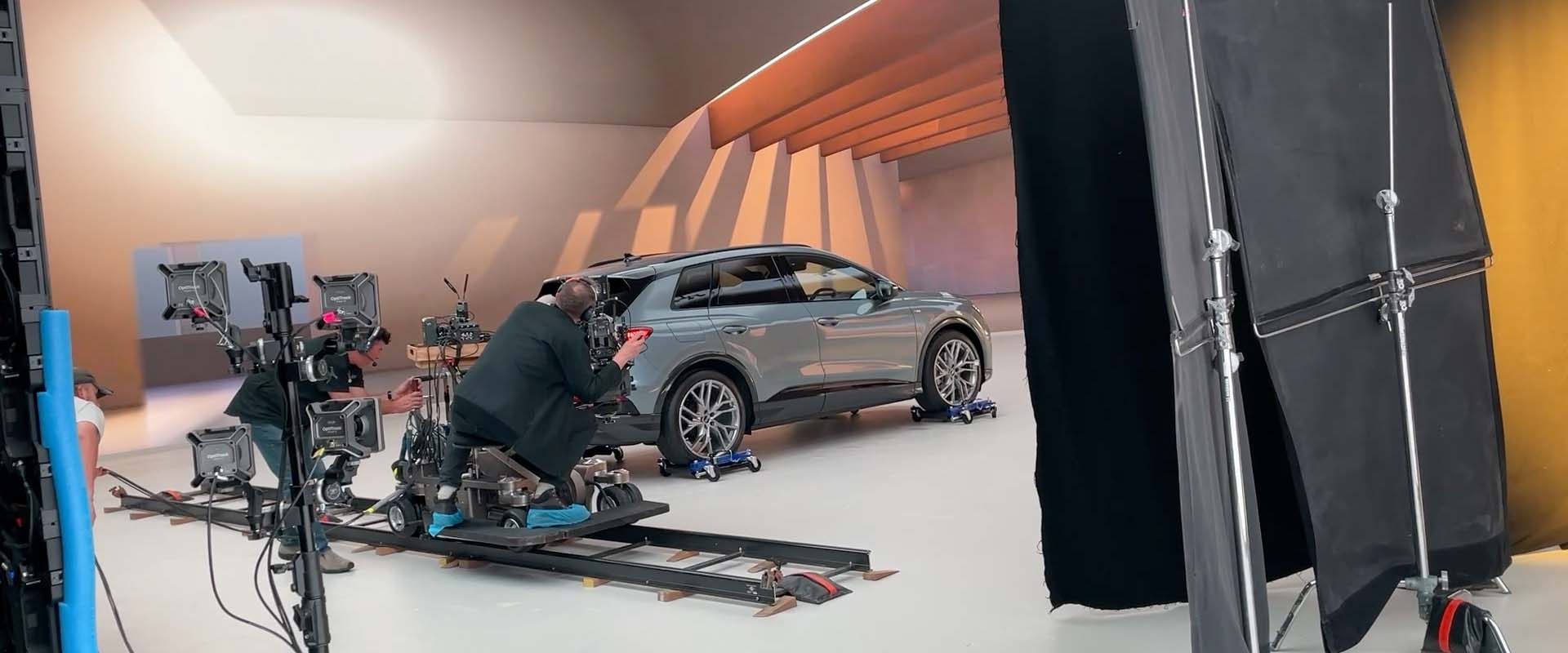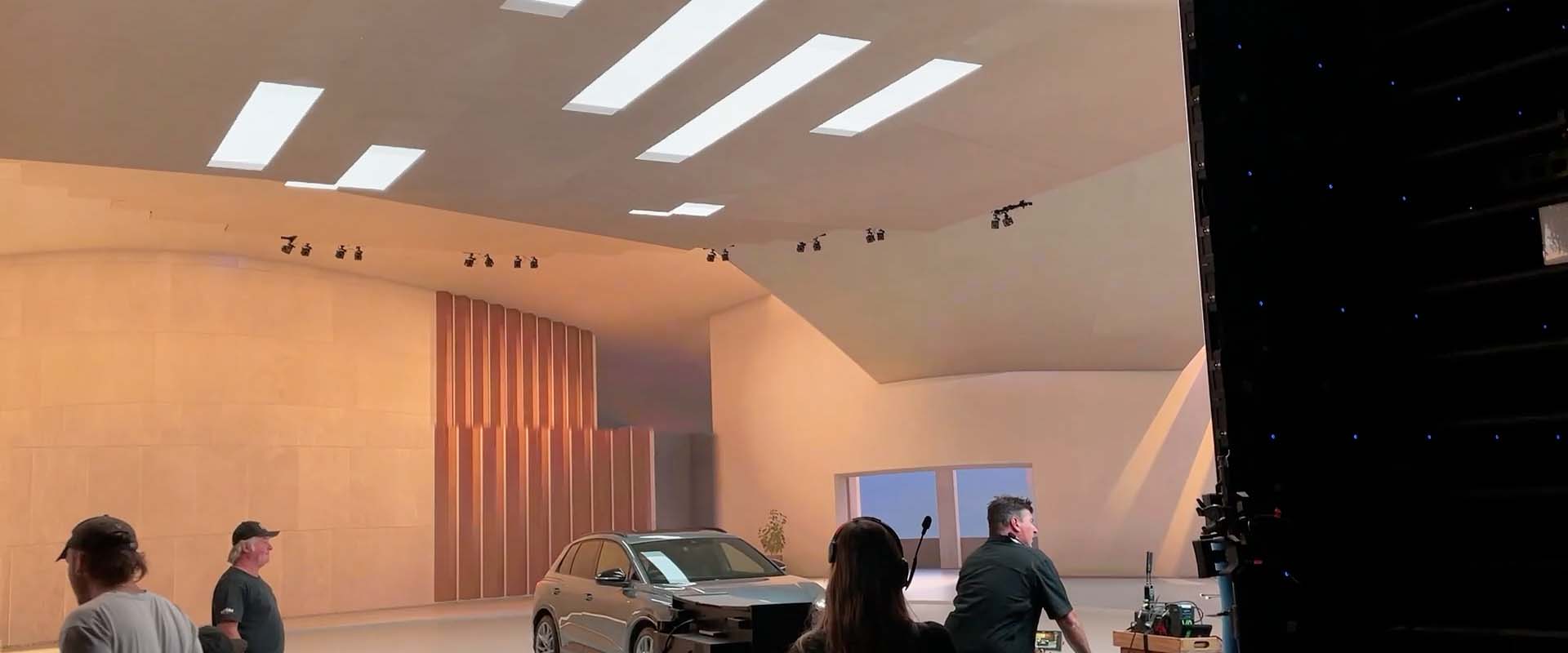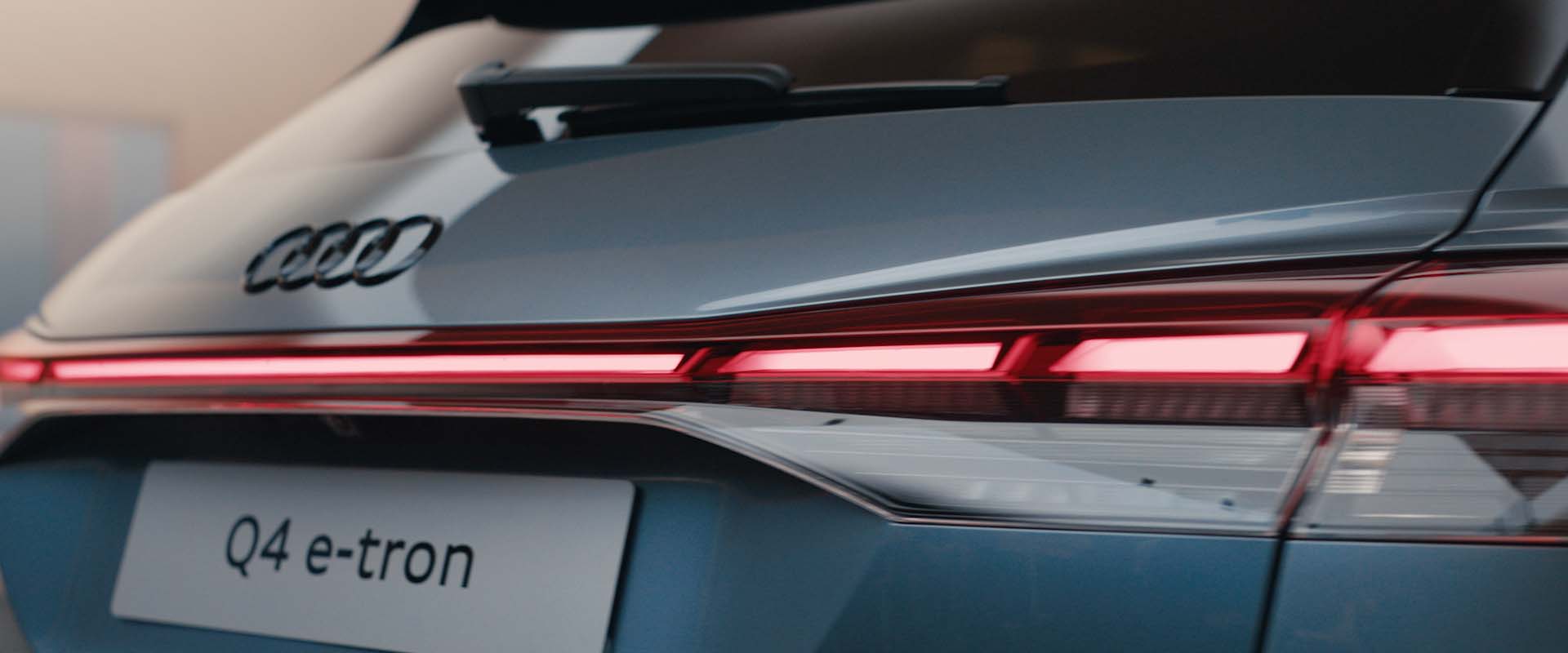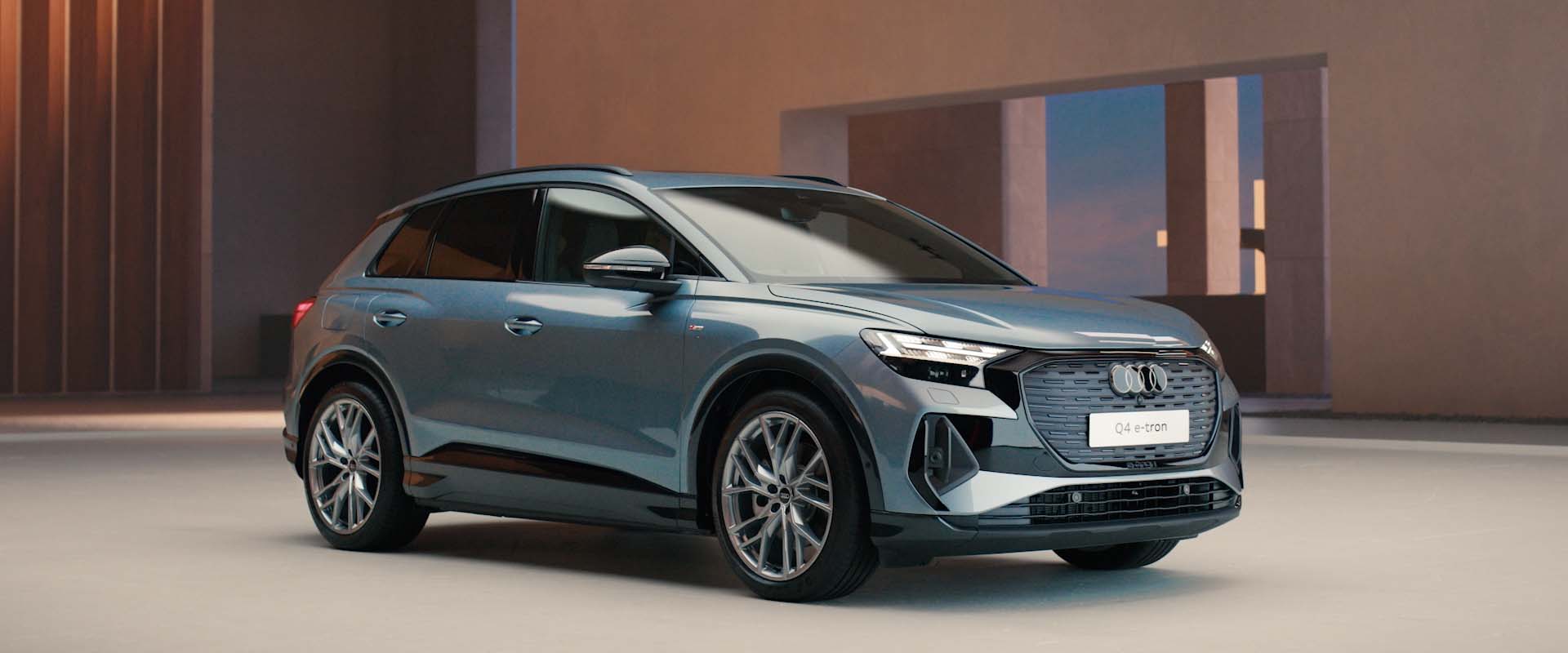In this interview, Little Black Book’s Casey Martin speaks to director Jolyon Watkins about the benefits and the challenges of working on an LED light stage.
In this ever-evolving industry, new technologies are constantly at the forefront of conversations. The LED light stage is a perfect example. In previous years, the cutting-edge LED volume setup was reserved for the likes of James Cameron or Steven Spielberg. Today, LED light stages are used for a multitude of different commercial applications.
Clockwork Films director, Jolyon Watkins recently experimented with the only LED light stage in Australia on a spot for Audi. Having never used the technology before, Jolyon speaks on the challenges and the exciting opportunities that will arise for the advertising industry.

LBB: Working on a LED light stage must present a whole new set of challenges- how did you go about experimenting with this technology?
Jolyon: In the realm of automotive advertising, a field known for embracing new technology, I was keen to explore the potential of LED Volumes, already gaining traction in TV series production and used by brands like Audi for showcasing concept cars. In collaboration with Nant Studios we conducted a demonstration day to experiment with this technology in both longform and advertising projects.
We recreated scenes from various commercials using 3D virtual locations and immersive driving plates. A key innovation was a 3D tunnel created in Unreal Engine, allowing real-time adjustments in lighting and environment. Through this process, I learned the importance of using new technology like any other filmmaking tool, focusing on versatility and utility rather than seeking a ‘magic bullet’ solution.

LBB: What inspirations were used for the spot? How did you go about creating the idea?
Jolyon: For the Audi Q4 e-tron Walkaround spot, we drew inspiration from the design and style of their international branding to create a photorealistic virtual set using Unreal Engine 5. The combination of a luxurious feeling set and production efficiency is something Audi Australia has been aspiring to for a while. This technology allowed for dynamic changes in perspective and lighting in relation to the camera’s position, enhancing the immersive experience.
Our approach replaced traditional studio environments with a 3D set built for an LED Volume, offering more control over elements like lighting, textures, and architectural features. During pre-light, we experimented with different elements like wall textures and lighting, to achieve a sophisticated aesthetic that complemented the Q4 e-tron. The final touches, including adjusting the time of day, helped us set a warm, inviting mood that highlighted the vehicle’s features.

LBB: How does it differ from working within a traditional set?
Jolyon: Traditional car commercial techniques require complex overhead lighting setups and Fresnel lights for reflections and lighting effects which is usually a time-consuming process. Nant’s LED volume minimized the need for such infrastructure. They allowed DP Richard Kendall to quickly and digitally manipulate lighting and reflections. This advanced technology enables the addition of various lighting shapes, control of specular highlights through virtual “textiles,” and the placement of spotlights as needed, surpassing traditional physical constraints.
Additionally, the LED volume offered the versatility to effortlessly change the time of day and animate light, enhancing the visual dynamics of our production. This shift from location or traditional studio to the LED Volume gave us a more efficient, flexible, and creative process.

LBB: What was the biggest challenge you faced?
Jolyon: The biggest challenge in virtual production is seamlessly blending the virtual and real worlds, particularly in managing “light pollution” and achieving a high level of realism in 3D renders. Light pollution, the unwanted or inconsistent light between the two environments, needed careful control to maintain realistic lighting and shadows. When everything is in camera and you’re blending real and virtual elements, it’s critical the renders are photorealistic.
Achieving precision in reflecting changes in lighting and movement across both domains was crucial for a believable and immersive experience. Another challenge was developing a simple in-camera solution to connect the real world with the virtual set effectively, something we were able to solve in testing.

LBB: Do you see yourself experimenting further with this technology in future projects to come? How does a LED light stage fit in with the rest of the tools in your kit?
Jolyon: The LED Volume’s versatility makes it an exciting addition to my toolkit. Its ability to simulate various locations and times of day in a single shoot offers immense creative potential. I’m particularly enthusiastic about exploring more fantastical, hyper-real, and even off-world scenarios with Unreal Engine. This technology enables me to revisit creative ideas previously limited by budget, location, and even the laws of physics. I’m looking forward to leveraging this technology in creative briefs that push the boundaries of time and space for innovative and eye-catching productions.

LBB: Finally, how do you go about combining the new and the old when it comes to using new technology but perhaps more traditional techniques and methods? How do you adapt one to the other?
Jolyon: From my perspective, traditional tracking vehicle and drone coverage of real vehicles in actual location is still an essential part of automotive advertising. Low loaders and process trailers to shoot actors and their performances on the move – are now not so much! The LED Volume is not so much a magic bullet but an incredible creative tool that’s a new and exciting part of the arsenal.
AUDI BTS VIDEO
AUDI Q4 TVC
